Ancient handicrafts preserved in museum
Updated: 2016-04-19 18:22
By Bi Nan(chinadaily.com.cn)
|
||||||||
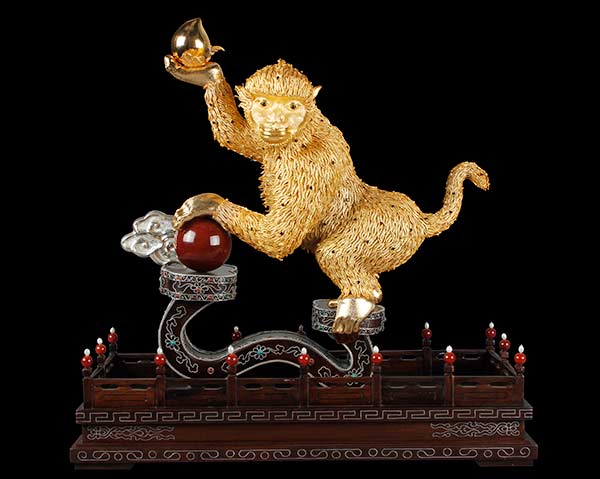 |
|
A zodiac monkey made using the filigree and inlay technique is among the museum's collections. [Photo provided to chinadaily.com.cn] |
"One hundred years from now, collections in my museum will become precious historical relics," Sun Songlin, founder of a Beijing-based private museum said.
"We replicate national treasures as a way to protect and inherit ancient crafts, and we also create national treasures," Sun said, explaining the main goals of the National Museum of HUAXIA.
The museum doesn't have any antiques in storage, but on display are contemporary art pieces, especially art made using traditional techniques or intangible cultural heritage methods.
"Most museums are protecting cultural relics, but if we don't protect contemporary arts, they will become endangered relics in the future," Sun said.
Therefore, the museum has absorbed a batch of prominent master craftsmen, including the old and the young. Young artists get a platform to show their talents and those older can better pass down their handicraft traditions.
Sun has long been recognized as a protector of traditional arts in China. He rose to fame owing to his contribution to the preservation of filigree and inlay technique.
Filigree and inlay is a fine craftwork that was exclusively applied to jewelry and ornaments made for China's imperial families. The technique appeared some 2,700 years ago and is among the eight superb crafts of Beijing.
The skill is actually a combination of two: filigreeing and inlaying. Filigree is applying nipping, plaiting, filling, jointing, piling and other handiwork to form various shapes out of very fine gold and silver threads. Inlay means to work gold or silver slices into different shapes, patterns or containers.
- US presidential hopefuls battle for New York on eve of primaries
- AP, Reuters, New York Times among 2016 Pulitzer Prize winners
- US voters' anger over big money in politics mounts
- Japan quake survivors struggle with shortages
- Possible MH370 debris found in S. Africa being examined in Australia
- More cooperation among China, Russia, India in global affairs: Chinese FM

 Reuters' Pulitzer-winning photos of migrant crisis in Europe
Reuters' Pulitzer-winning photos of migrant crisis in Europe
 Young people invent bicycle wheel hub charger
Young people invent bicycle wheel hub charger
 Culture Insider: Five things you may not know about Grain Rain
Culture Insider: Five things you may not know about Grain Rain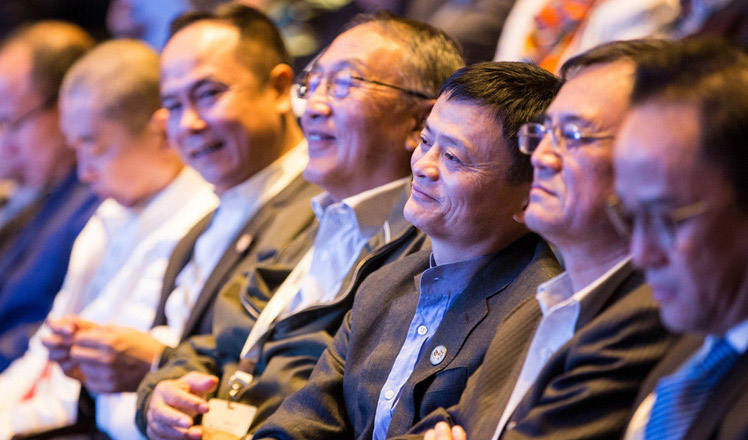
 Smart age makes a billionaire in six years
Smart age makes a billionaire in six years
 China's last steam locomotive is to disappear
China's last steam locomotive is to disappear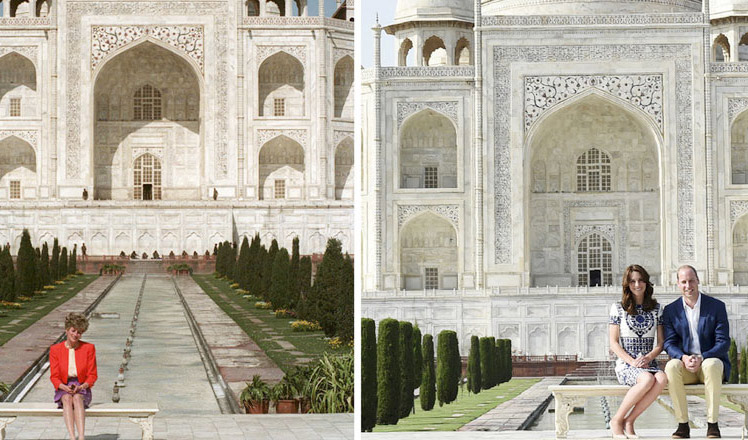
 British royal couple visits the Taj Mahal
British royal couple visits the Taj Mahal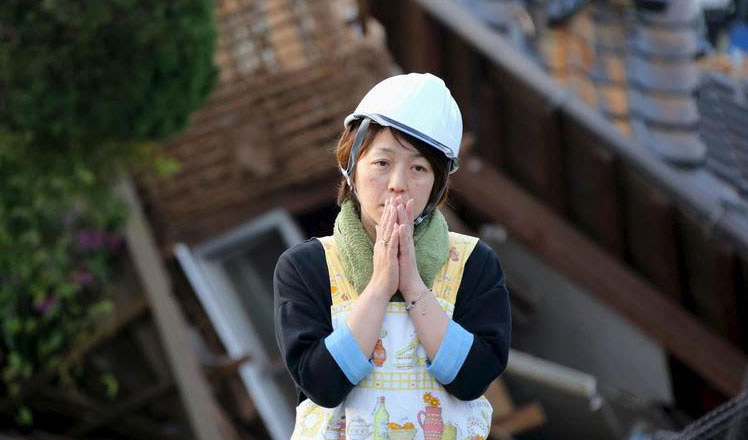
 The world in photos: April 11- April 17
The world in photos: April 11- April 17
 PLA plane lands at Yongshu Jiao reef to help patients
PLA plane lands at Yongshu Jiao reef to help patients
Most Viewed
Editor's Picks

|
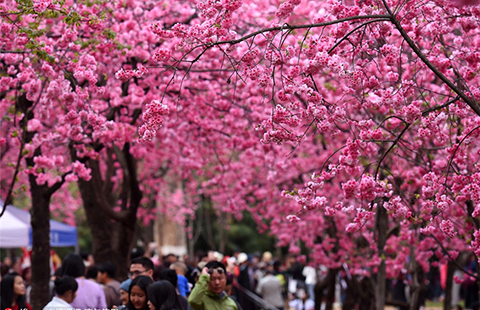
|

|

|

|

|
Today's Top News
China's finance minister addresses ratings downgrade
Duke alumni visit Chinese Embassy
Marriott unlikely to top Anbang offer for Starwood: Observers
Chinese biopharma debuts on Nasdaq
What ends Jeb Bush's White House hopes
Investigation for Nicolas's campaign
Will US-ASEAN meeting be good for region?
Accentuate the positive in Sino-US relations
US Weekly

|

|









